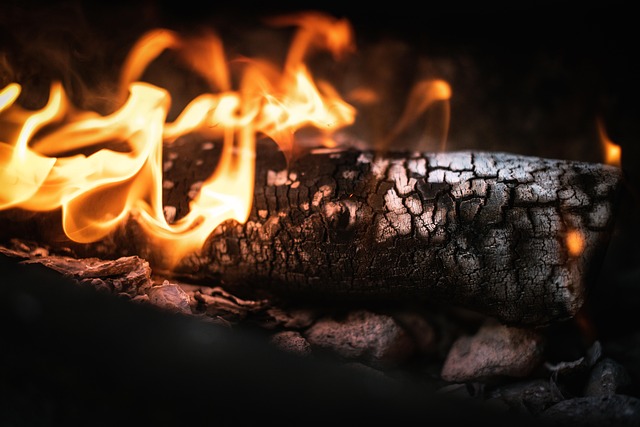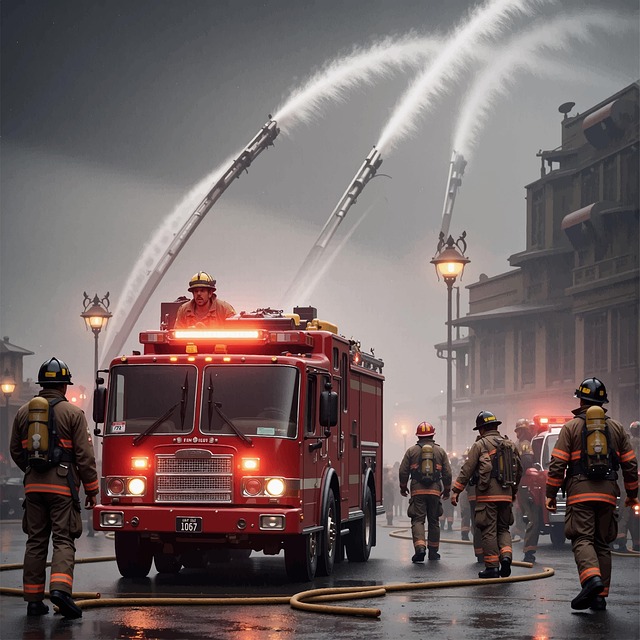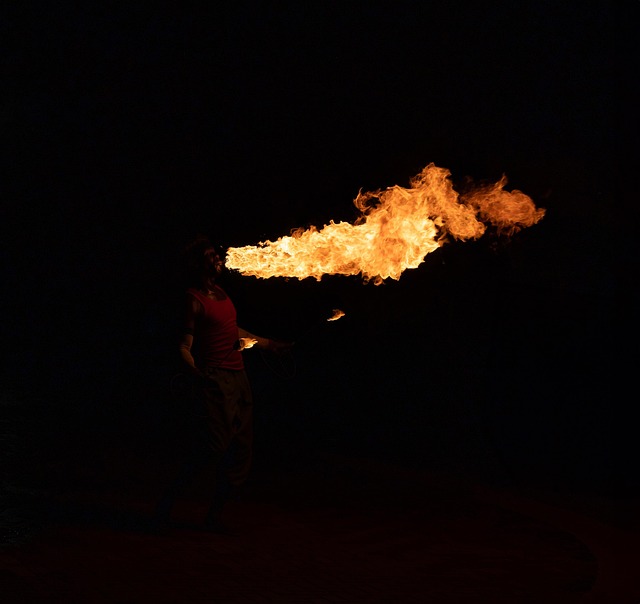The San Antonio fire damage restoration process prioritizes mitigating smoke-related hazards and improving indoor air quality. It involves a multi-step approach: assessment, containment of contaminated materials, specialized cleaning with advanced systems, adherence to industry standards, and final inspection. By employing indoor air testing, professionals identify and address volatile organic compounds (VOCs) and particulate matter, ensuring structural integrity and creating a safe, healthy environment for residents upon return. This comprehensive San Antonio fire damage restoration process explains the key steps in restoring properties affected by fires.
In the aftermath of a fire, understanding smoke damage and its impact on indoor air quality is paramount. The San Antonio fire damage restoration process involves a meticulous approach to not only repair physical structures but also ensure safe and healthy living environments. This article delves into the intricacies of smoke damage assessment and highlights the crucial role of indoor air testing in the San Antonio fire damage restoration process explained, providing insights into uncovering the hidden dangers that may persist after a fire.
- Understanding Smoke Damage and Its Impact on Indoor Air Quality
- The San Antonio Fire Damage Restoration Process
- Indoor Air Testing: Uncovering the Truth After a Fire
Understanding Smoke Damage and Its Impact on Indoor Air Quality

Smoke damage from a fire can have long-lasting effects on indoor air quality, making it crucial to understand the extent of the issue during the San Antonio fire damage restoration process. When a fire occurs, it releases a complex mix of gases, fine particles, and chemicals into the air, which can then infiltrate buildings and remain long after the flames are extinguished. This smoke contains various pollutants, including carbon monoxide, volatile organic compounds (VOCs), and particulate matter, all of which can pose significant health risks to occupants.
The impact of smoke damage extends beyond immediate health concerns. Over time, these contaminants can accumulate in indoor environments, leading to persistent odors, reduced air quality, and even structural issues. That’s why San Antonio fire damage restoration experts emphasize thorough testing and cleaning as part of their process. By employing specialized equipment and techniques, they ensure that the air is safe for breathing and that any lingering smoke-related hazards are addressed, helping residents return to a healthier living or working environment.
The San Antonio Fire Damage Restoration Process

After a fire, the San Antonio fire damage restoration process begins with assessing the extent of the smoke and water damage. Professionals will inspect every corner of the affected area, from ceilings and walls to structural elements and personal belongings. This detailed evaluation helps in creating a tailored restoration plan. The next step involves containing and removing contaminated materials, such as charred debris and insulation. Special equipment is used to safely extract smoke and water, preventing further damage or health risks.
Restoration then progresses to cleaning and decontaminating the space. This includes using advanced air purification systems to eliminate lingering smoke odors and contaminants. Surfaces are thoroughly cleaned, and affected items are either restored or replaced. Throughout this process, trained technicians adhere to industry standards and use eco-friendly methods whenever possible. Once the cleanup is complete, a final inspection ensures that the property meets safety guidelines and is ready for reoccupation.
Indoor Air Testing: Uncovering the Truth After a Fire

After a fire, understanding the extent of smoke damage is crucial in the San Antonio fire damage restoration process. Indoor air testing plays a pivotal role in this assessment. Professional restorers utilize advanced equipment to sample and analyze the air within affected spaces. These tests detect remnants of combustion byproducts, including volatile organic compounds (VOCs) and particulate matter, which can linger long after visible flames are extinguished.
By conducting these thorough examinations, experts can uncover hidden hazards that may impact the health of occupants. The data obtained guides restoration strategies, ensuring that not only structural elements but also the air we breathe is safely restored to its pre-fire condition. This meticulous approach is essential for a comprehensive San Antonio fire damage restoration, providing peace of mind and a healthier environment for returning residents.
Smoke damage from a fire can significantly impact indoor air quality, making it crucial to understand and address this issue thoroughly. The San Antonio fire damage restoration process involves several steps, including assessing smoke damage, implementing specialized cleaning techniques, and conducting thorough indoor air testing. By following this process explained, residents can ensure their safety and restore their homes to a clean and healthy living environment. Indoor air testing is an essential step in identifying and mitigating any lingering contaminants, ensuring that the air quality meets safe standards after a fire.
